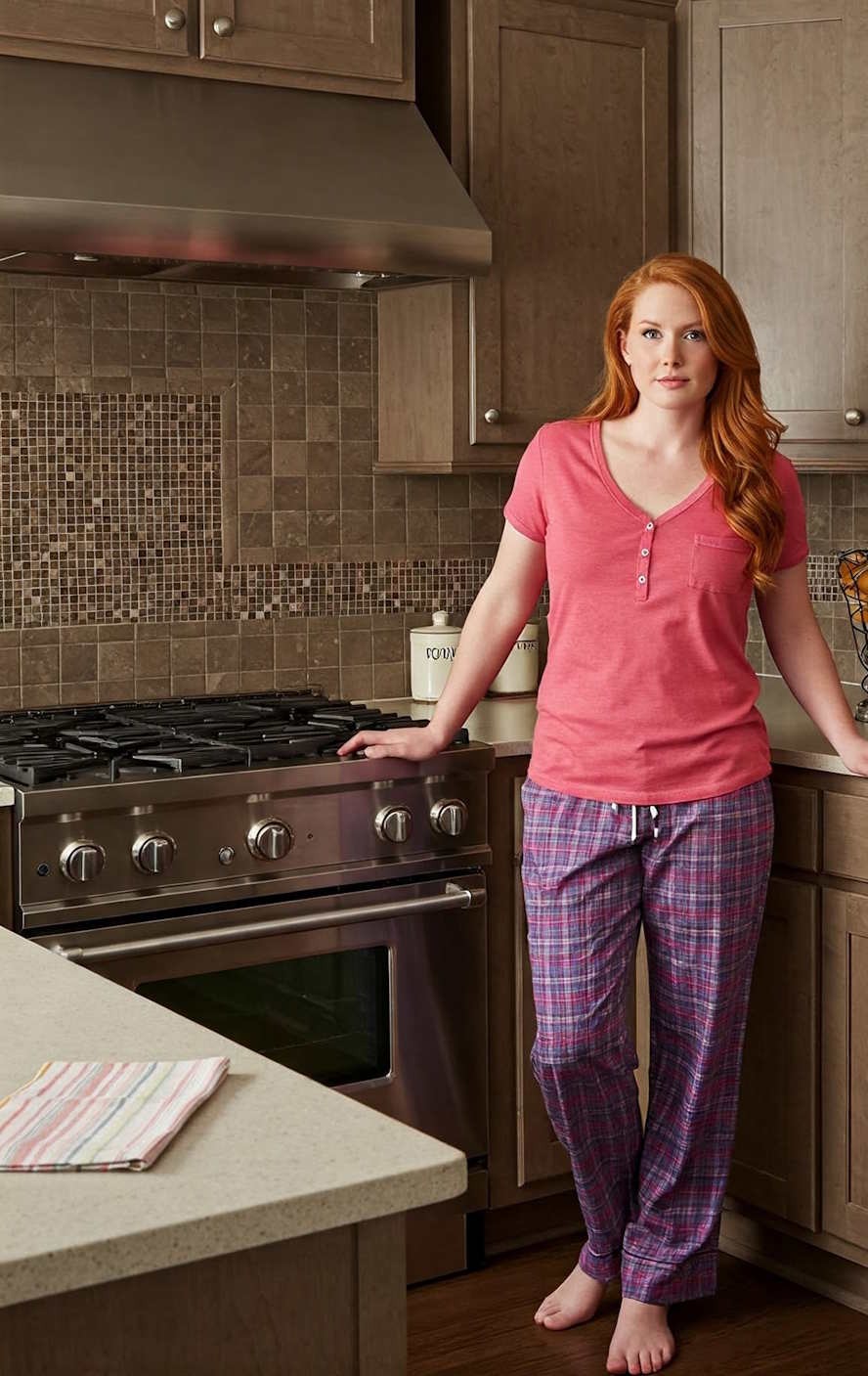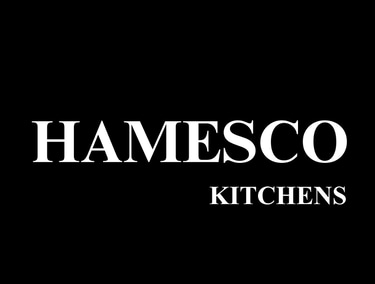Space and Understanding: A Chattanooga Guide to Kitchen Cabinet Placement and Design
Discover expert tips on kitchen cabinet placement and design tailored for Chattanooga homes, blending functionality with timeless Southern style. Learn how to optimize space, materials, and layout to create a kitchen that enhances both workflow and aesthetic appeal. Find out why homeowners from Hixson to Ooltewah trust us to build their custom kitchen cabinetry.
Space and Understanding: A Guide to Kitchen Cabinet Placement for Greater Chattanooga, TN Area Residents
By Jarrod Hames
In the rolling hills of Chattanooga, Tennessee—where Victorian homes meet mid-century ranches and sleek new builds—a well-designed kitchen is more than a culinary workspace. It's the heart of the home. But achieving harmony between form and function in your kitchen starts with something deceptively simple: cabinet placement.
Understanding the space you’re working with is key to creating a kitchen that doesn’t just look good, but feels good to use. Whether you're remodeling a historic North Shore bungalow or upgrading cabinetry in a Signal Mountain new build, here are five essentials to mastering kitchen cabinet design with the grace of a pro.
1. Design Around Function, Not Fantasy
Chattanooga kitchens come in all shapes—galley, L-shaped, open-plan—but the work triangle (the relationship between stove, sink, and refrigerator) remains foundational. Cabinet placement should support that triangle. Base cabinets need to house what you use most often: pots, pans, and cooking utensils. Upper cabinets should be reserved for plates, dry goods, and glassware. Think in terms of zones: prep, cook, clean, and store. Design around these activities, not Pinterest trends.
2. Mind the Margins: Clearance and Flow
Too often, homes sacrifice circulation for storage. In Chattanooga's older homes, where kitchens may be compact, it's critical to allow a minimum of 42 inches between cabinet rows for comfortable movement. If you plan to entertain—and many in the Scenic City do—leave at least 48 inches between cabinet faces in open-concept kitchens to accommodate two people working simultaneously.
And don't forget cabinet door clearance. Avoid placing large cabinet doors opposite each other, where they could clash when opened at the same time.
3. Ceiling-Height Cabinets: Yes or No?
In newer developments like East Brainerd or Red Bank, ceiling heights vary widely. For 8-foot ceilings, extend cabinets to the top—it draws the eye upward and provides bonus storage. In older homes with higher ceilings, stop cabinets 12 to 18 inches below the top and use that space for ambient lighting, decorative items, or to maintain architectural breathing room.
Chattanooga humidity makes dusting less pleasant, so don’t leave gaps that are hard to clean without a plan.
4. Materials That Match Our Climate
Chattanooga’s climate is humid subtropical. That means solid wood cabinets need to be properly sealed to prevent warping, especially in older homes where HVAC systems may not regulate moisture as consistently. Engineered wood and high-quality MDF with veneer faces are practical alternatives for cost-conscious homeowners. Whatever you choose, consider local cabinetmakers who understand our regional conditions and offer materials adapted to them.
5. Style With Sensibility
In areas like Lookout Mountain and Hixson, design preferences run the gamut from traditional Shaker to sleek European slab styles. Choose a cabinet style that complements—not clashes with—your home's architecture. Cabinet hardware is where you can flex a bit of personality. Matte black and brass finishes remain popular in Chattanooga, where modern Southern style fuses nostalgia with clean lines.
And don’t skimp on lighting. Under-cabinet LED strips enhance visibility and ambiance without dominating the visual space.
Final Thought
In the end, kitchen cabinet design is about understanding space—how you move, how you live, how you want your kitchen to feel. Whether you're restoring a historic gem in St. Elmo or building new near the Tennessee River, cabinet placement is a design language that, when spoken fluently, turns your kitchen into a symphony of purpose.
For homeowners in Chattanooga, the best kitchen isn't the one with the fanciest finishes—it's the one that works with you, not against you.


The first step in creating a smarter kitchen wasn’t adding more storage—it was challenging everything we assumed about how cabinets should be placed. That meant questioning long-standing design norms and asking whether they truly served the way people cook, move, and live.
Next, we rebuilt the concept from the ground up, focusing on the essentials: circulation, accessibility, and visual balance. By letting function lead the way, we found that a well-designed kitchen doesn’t just work better—it feels better too.

